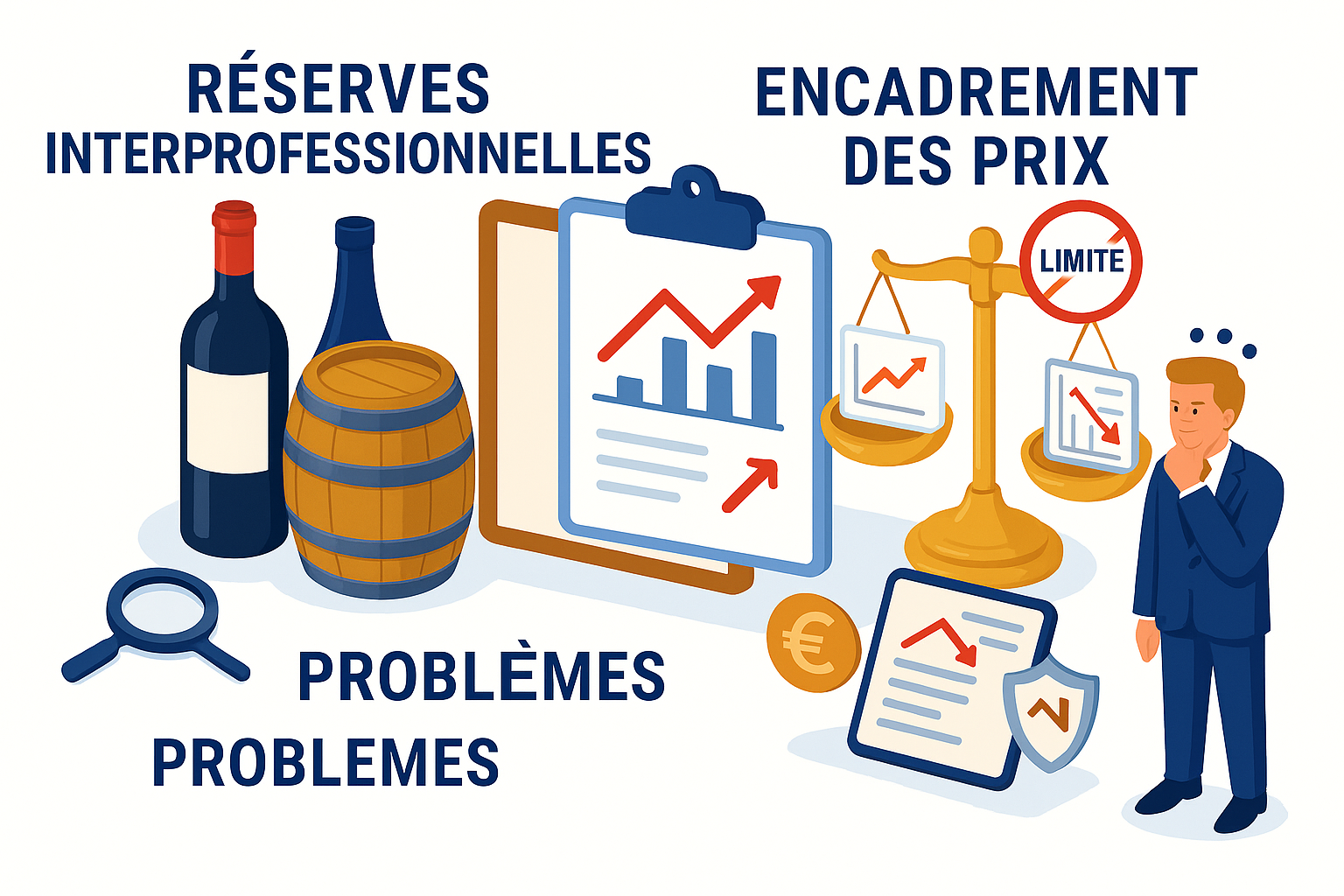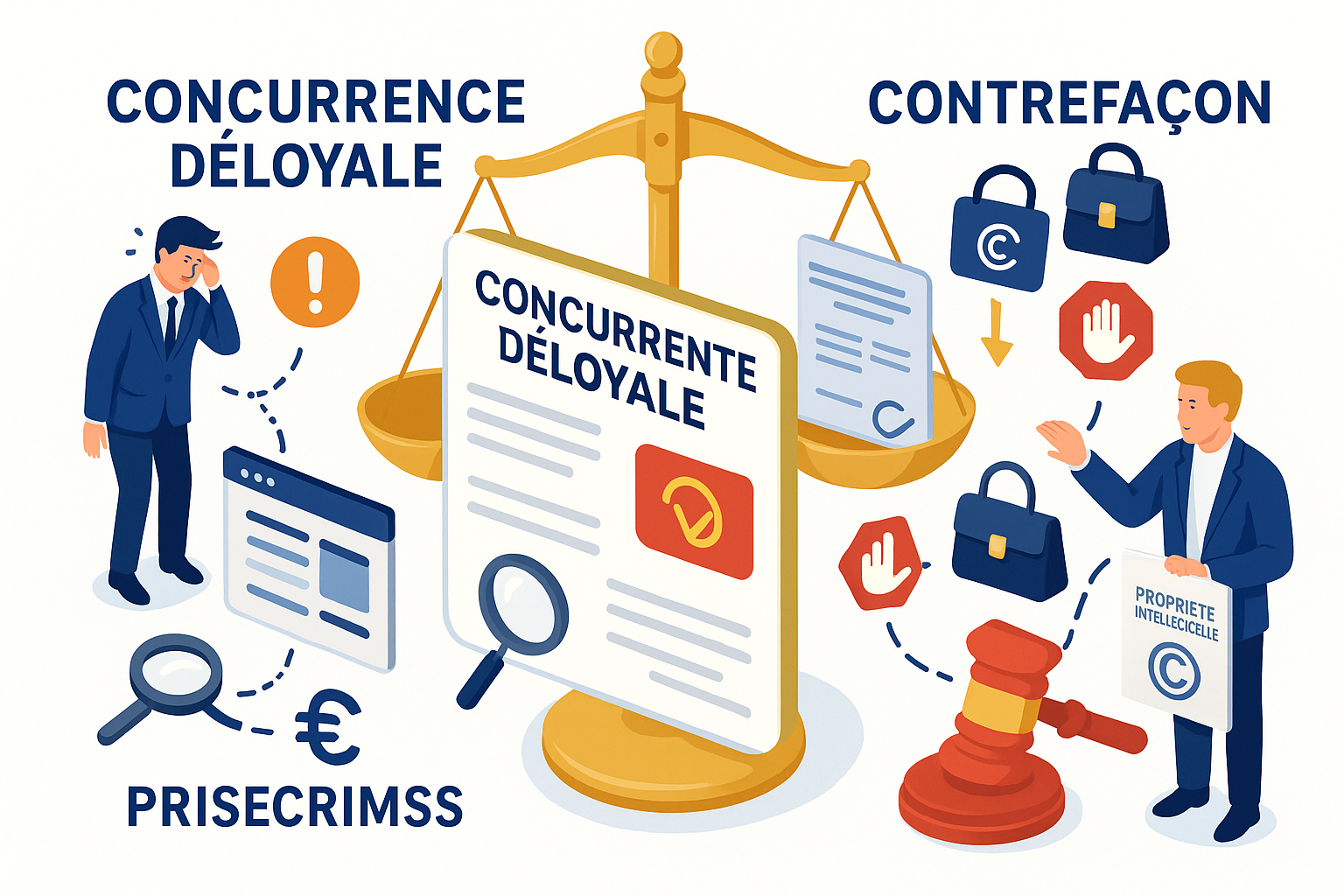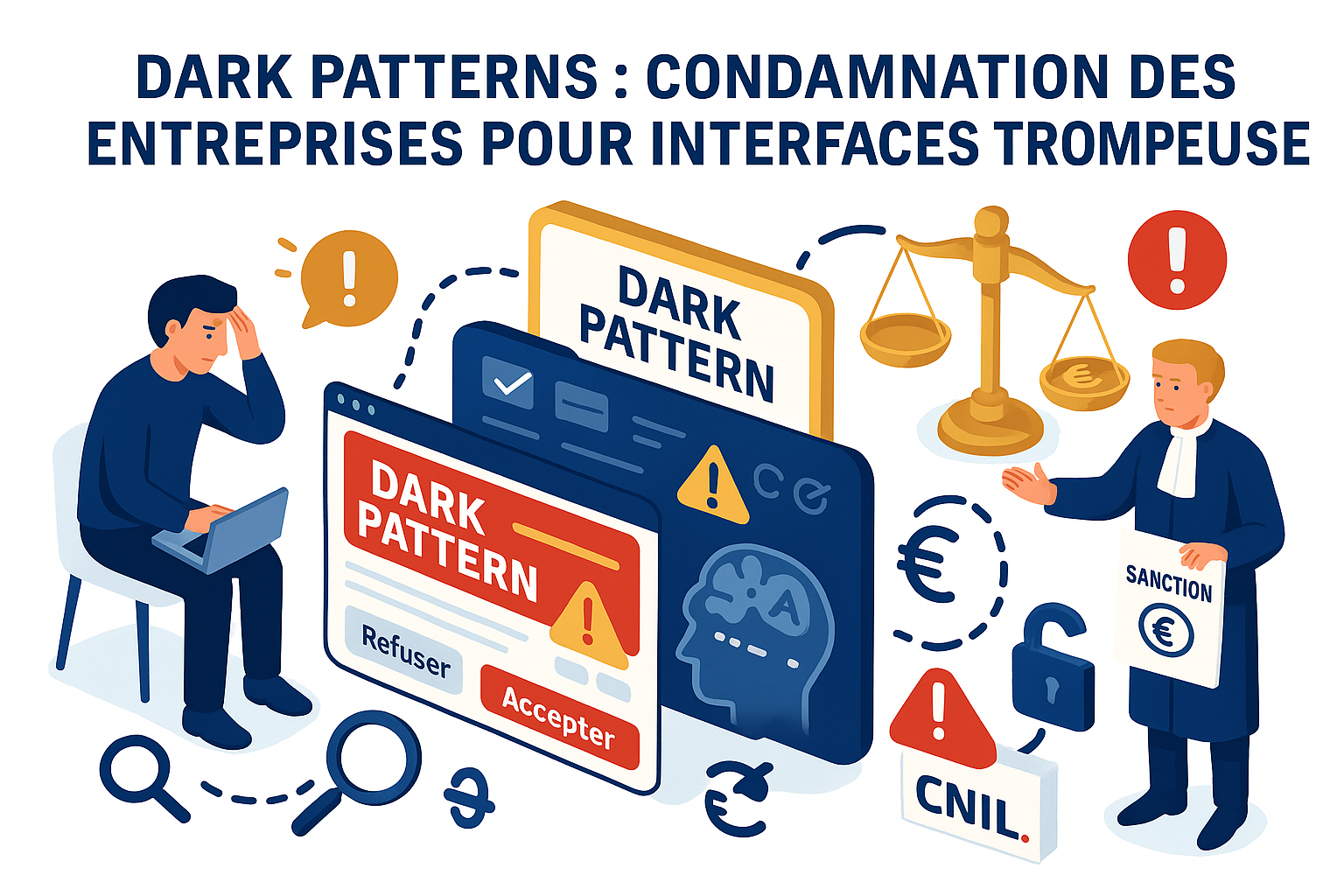At a time when agricultural markets, and the wine sector in particular, are subject to significant price fluctuations, the issue of inter-professional reserves is emerging strongly. The FrenchCompetition Authority was recently asked to assess the possibility of establishing a price framework for these reserves, in order to stabilize the market and protect operators in the sector.
This approach raises major economic and legal issues, particularly in terms of operators' freedom to set prices and compliance with current regulations .
Over the course of this article, we'll explore the position of the FrenchCompetition Authority on this framework, the missions of interprofessional organizations in the French wine sector, and the impact of the EGAlim 2 law on this issue. What are the real challenges linked to the implementation of a " price tunnel ", and how could this dynamic influence the future of the wine business?
If you need a competition lawyer, contact me!
1. What is the French Competition Authority's position on price controls?
Following a request from the French Minister for the Economy, theAutorité de la Concurrence has been asked to examine the issue ofprice regulation for interprofessional reserves in the wine sector. This request comes at a time when interprofessional wine organizations are considering adopting measures to regulate price fluctuations associated with their products. The Autorité has examined this initiative from the point of view of current regulations, and has made a number of key observations.
In its analysis, the Frenchcompetition authority (Autorité de la Concurrence) recognized that, even if the agricultural sector enjoys certain exemptions from competition rules, the introduction of a price tunnel could be problematic. Indeed, the setting of minimum and maximum limits must be done freely by each operator. This means that, in the event of collective determination of prices or fluctuation rates, a price cartel could be recognized as contrary to competition law. It is crucial for each operator to be able to set its own limits independently.
- Minimum and maximum limits: These limits must be defined within a contractual framework, but without the intervention of the interprofession to ensure their validity.
- Current regulations: Articles L. 420-1 of the French Commercial Code and 101 of the TFEU prohibit all forms of price fixing.
On the other hand, theAuthority has pointed out that the request for an opinion could have wider implications, including the possibility of contractual regulation that could be imposed by the Government by decree, in line with the EGAlim 2 law. This suggests that the development of a contractual framework, while respecting the principle of freedom to set prices, could reinforce the stability of the wine market. However, the Autorité remains vigilant about the risks of derogating from antitrust rules, stressing the importance of striking a balance between collective regulation and individual economic freedom.
This preliminary analysis of the FrenchCompetition Authority 's position raises pertinent questions about the interplay between regulation and market freedom, and highlights some of the challenges facing the wine trade associations.
2. What are the missions and remits of France's interprofessional wine associations?
Inter-professional organizations play a crucial role in the French wine industry. Their main mission is to regulate the market and defend the interests of all players in the sector, whether producers, merchants or distributors. By acting as an intermediary, these organizations promote dialogue between the various players, ensuring cohesion and solidarity within the profession.
In concrete terms, the missions of the interprofessional wine associations include :
- Setting standards: Interprofessions help define quality and production standards that must be respected by all members of the industry.
- Product promotion: They are in charge of promoting French wines both nationally and internationally, highlighting their uniqueness and quality.
- Training: Inter-professional organizations also offer training courses to help players adapt to market changes and improve their technical knowledge.
- Business intelligence: They are responsible for carrying out market research to anticipate trends and fluctuations in demand.
Because of their position as intermediaries, interprofessional organizations can also play a role in setting up price control mechanisms, working with the FrenchCompetition Authority. However, this must be done in compliance with current regulatory standards, to avoid any drift that could be interpreted as an illegal agreement.
It is interesting to note that the EGAlim 2 law strengthens the legal framework enabling interprofessions to intervene to stabilize prices, while taking care not to hinder free competition. This delicate balance between regulation and operator autonomy will be at the heart of future debates on pricing.
In this context, it is essential to ask the following question: how can these missions evolve to meet the challenges of the wine market and consumer expectations?
3. How does the EGAlim 2 law influence price regulation in the agricultural sector?
The EGAlim 2 law, adopted against a backdrop of tension over agricultural prices, represents a crucial step in the regulation of the wine sector. The law aims to improve transparency andfairness in trade relations, while promoting the freedom of economic players to set their own prices. In the context of inter-professional reserves, it proposes a number of interesting provisions.
Under the provisions of the EGAlim 2 law, interprofessional organizations can include standard clauses in their interprofessional agreements aimed at establishing a price tunnel. This price tunnel provides a framework enabling operators to agree on minimum and maximum price limits, while ensuring that these limits can be freely determined by each operator. This enables them to protect themselves against excessive price fluctuations.
- Contractual framework: Parties are encouraged to use these clauses to ensure a degree of predictability within the market, while avoiding any form of collective price-fixing.
- Regulation of interprofessions: This law strengthens the legal framework enabling interprofessions to act to stabilize prices, without undermining free competition.
However, it is important to note that the mechanisms provided for must not lead to price cartels, as this would be in contradiction with Articles L. 420-1 of the French Commercial Code and 101 of the TFEU. TheAutorité de la Concurrence ensures that the application of these provisions respects competition rules, thus preserving the integrity of the market.
In short, even if the EGAlim 2 law proposes a favorable framework for price regulation, notably via price tunnels, interprofessions must navigate carefully to ensure that their actions remain compliant with existing regulations. This delicate regulatory framework can potentially alter the economic rider of the wine sector, while ensuring protection for operators in the face of market uncertainties.
With this in mind, the question arises as to whether interprofessional organizations will be able to establish effective regulation without compromising their freedom of action in setting prices.




